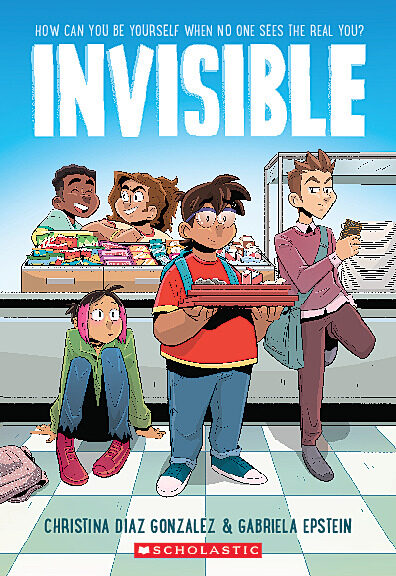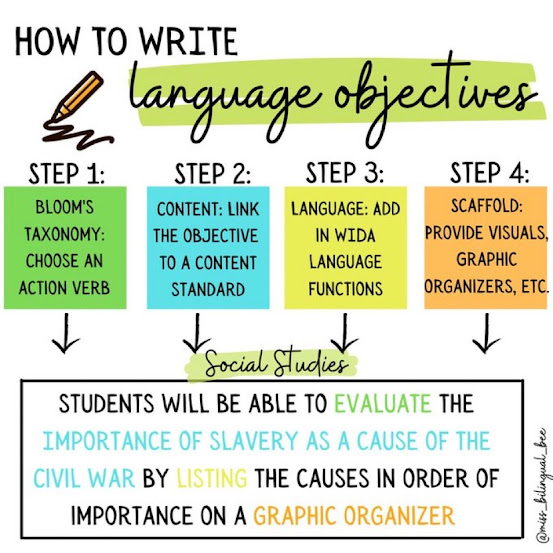"Invisible" is an entertaining graphic novel that perfectly captures the struggles and triumphs of a group of English Language Learners. The characters of George, Sara, Dayara, Nico, and Miguel are all unique and well-developed, and their diverse backgrounds add depth and complexity to the story.
What I love most about this book is the way it handles issues of diversity and inclusion. The characters have to navigate their differences and find a way to work together, and in doing so, they learn to appreciate and value one another. The themes of friendship and teamwork are woven throughout the story and make for a heartwarming and uplifting read.
The illustrations in "Invisible" are beautiful and add an extra layer of emotion to the story. The panels are well-paced and the dialogue is engaging, making for a quick and enjoyable read.
Overall, I highly recommend "Invisible" to teens and anyone looking for a thought-provoking and inspiring graphic novel. It's a must-read!
You can find more info here: AMAZON






.png)
.png)


